“Organic” vs. “Non-Organic” Produce
 Have you ever wondered what the difference is between organic and non-organic produce? The difference ultimately breaks down to the growing practices. Organic fruits and vegetables are grown and processed without the use of synthetic chemicals such as pesticides, fertilizers, and genetically modified organisms (GMOs). Non-organic (or conventional) produce, on the other hand, may be grown with chemical inputs that enhance growth, resist pests, and improve shelf life. The differences between organic and conventional produce extend beyond the methods used to cultivate them and involve complex certification processes and labeling requirements. These distinctions are essential for consumers seeking healthier, eco-friendly, and sustainable food options.
Have you ever wondered what the difference is between organic and non-organic produce? The difference ultimately breaks down to the growing practices. Organic fruits and vegetables are grown and processed without the use of synthetic chemicals such as pesticides, fertilizers, and genetically modified organisms (GMOs). Non-organic (or conventional) produce, on the other hand, may be grown with chemical inputs that enhance growth, resist pests, and improve shelf life. The differences between organic and conventional produce extend beyond the methods used to cultivate them and involve complex certification processes and labeling requirements. These distinctions are essential for consumers seeking healthier, eco-friendly, and sustainable food options.
The Organic Certification Process
In the United States, the organic label is regulated by the U.S. Department of Agriculture (USDA). For produce to be labeled as “organic,” it must meet specific standards laid out by the USDA’s National Organic Program (NOP). The certification process is rigorous and involves multiple steps:
- Soil and Crop Management: Organic farmers must enhance soil fertility through practices such as crop rotation, composting, and the use of organic fertilizers. They cannot use synthetic pesticides, herbicides, or fertilizers. Additionally, GMOs are strictly prohibited.
- Inspection: Organic farms and processing facilities must be inspected annually by a USDA-accredited certifying agent to ensure compliance with organic standards. If approved, the farm or producer earns organic certification.
- Record-keeping: Organic producers must maintain records of their production processes, inputs, and outputs to ensure traceability and compliance with USDA regulations. Failure to adhere to these practices can lead to the revocation of organic certification.
The USDA organic seal provides consumers with the confidence that the produce they are buying meets strict federal guidelines, but it also comes with additional costs for farmers, which may explain the higher price tags on organic goods.
Organic Labeling Requirements
 Proper labeling of organic products is critical for consumer transparency. All organic produce must be clearly labeled to prevent confusion, especially in stores where organic and non-organic items are sold side-by-side. Organic fruits and vegetables that meet USDA standards may display the USDA Organic seal, either on the packaging or directly on the produce.
Proper labeling of organic products is critical for consumer transparency. All organic produce must be clearly labeled to prevent confusion, especially in stores where organic and non-organic items are sold side-by-side. Organic fruits and vegetables that meet USDA standards may display the USDA Organic seal, either on the packaging or directly on the produce.
One critical aspect of labeling involves the imprinted produce rubber bands used on certain fruits and vegetables. These bands are essential for grouping and branding, particularly for loose items like celery, asparagus, or leafy greens. The USDA requires that all labeling, including imprinted rubber bands and other produce packaging, clearly states the produce’s organic status. This is not merely a convenience for store clerks but an important part of the consumer decision-making process.
“The Peruvian Asparagus Importers Association (PAIA), which represents virtually all of the asparagus the U.S. imports from the South American country, has been urging the United States Department of Agriculture (USDA) to change its mandatory fumigation policy for years—and there are rumors that this change might finally be on the horizon.” <Read More Here>
Health and Environmental Impact
The difference between organic and non-organic produce is not just about the absence or presence of chemicals. Organic farming practices promote biodiversity, reduce soil erosion, and minimize water contamination caused by chemical runoff. Furthermore, by avoiding synthetic pesticides, organic farming supports healthier ecosystems, benefiting not only human health but also the environment.
Consumers often choose organic produce for its perceived health benefits. While studies have shown that organic foods may contain fewer pesticide residues, the nutritional differences between organic and non-organic foods are still a topic of ongoing research. However, for those who prioritize environmental sustainability and reducing chemical exposure, organic produce remains a popular choice.
Which Choice is Better?
Choosing between organic and conventional fruits and vegetables can be a personal decision based on health, environmental, or financial considerations. The USDA’s certification and labeling processes provide a clear framework for distinguishing between organic and non-organic produce, ensuring that consumers can make informed decisions. As shoppers, being aware of the labels, including imprinted rubber bands on produce, helps ensure transparency and trust in the food we eat.
Contact Us For More Information
To learn more about our entire line of Agricultural products, please visit our produce, floral, and grocers section. Have questions? Fill out our contact form and someone will be in contact with you soon!





